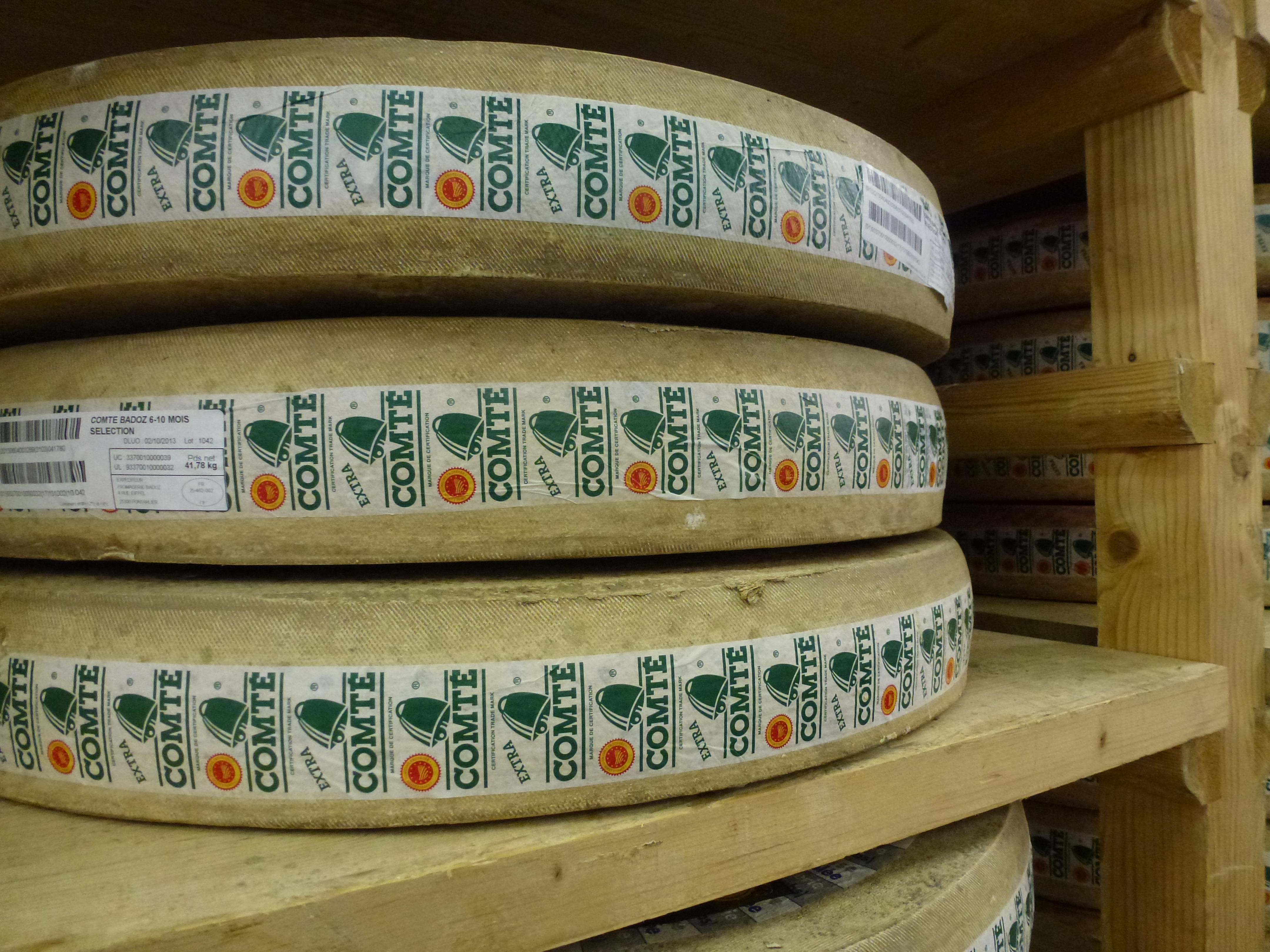 Say Cheese
Say Cheese
Sounds simple, yet Parisians just can’t tell us what kind of cheese they use to make their traditional “jambon/fromage,” or baguette with ham and cheese sandwich. I’ve been asking Parisians now for almost a week and each person declares with absolute conviction that the cheese is Emmanthal. No, actually, it’s Gruyere. Oh, wait. It’s Comte cheese.
The ham is another story, but one that exacts almost a sense of apathy, which for a Parisian seems out of character. The ham used for the sandwich is sometimes call Jambon de Paris, or Parisian ham, but is really just a simple boiled ham, not tied to any location or terrior, which in other cases is the Parisian claim to culinary authenticity.
Same for the bread. The baguette has no geographical identity, other than all of France, and comes in various combinations of flours. The only exactitude required is the government regulation for the combination of ingredients: flour, water, salt. The French state has had its hands in bread at least since Louis XV (1710-1774).
The temperamental French view of the cheese in their iconic sandwich led me down some blind alleys. Such as one at the end of a trip to the Jura, Comte region south of Paris to investigate the source of Comte cheese. The tour guide of the Comte cheese center proclaimed the excellence the forty-pound rounds of gruyere-like cheese, including the astounding fact that only one breed of dairy cow is allowed to make the cheese, the Montbéliarde. The cheese, while creamy and, depending upon its age, nutty, turns out not to be the cheese of choice for the “jambon/fromage.”
Two days later, the consensus is that it is Emmental, a Swiss cheese, is the traditional cheese eaten by most Parisians in this sandwich. For now, am running with the holy cheese, finding what French company is making the Swiss cheese for the French sandwich.